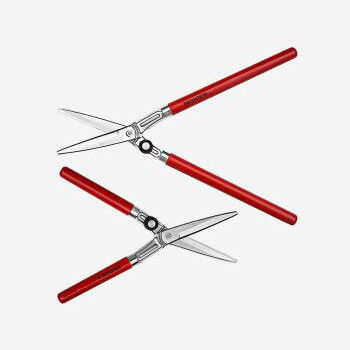Dez . 09, 2024 17:41 Back to list
Non-return swing check valve features and benefits for reliable flow control
Understanding Non-Return Swing Check Valves
Non-return swing check valves play a pivotal role in various industrial applications, ensuring the efficiency and safety of fluid systems. This article delves into their functionality, design, benefits, and limitations, providing a comprehensive understanding of these crucial components.
What is a Non-Return Swing Check Valve?
A non-return swing check valve, often referred to simply as a swing check valve, is a type of valve designed to prevent the backflow of fluids in a piping system. It operates automatically, allowing fluid to flow in one direction while blocking reverse flow. The valve's mechanism typically consists of a disc that pivots on a hinge, swinging open when fluid flows in the desired direction and closing when there is any attempt of reverse flow.
Design and Mechanism
The design of a non-return swing check valve is relatively simple yet effective. The primary components include the valve body, the disc, the hinge pin, and the seat. When the fluid enters the valve from one side, it forces the disc to swing open, allowing the fluid to pass through. If the flow decreases or reverses, gravity and the fluid pressure cause the disc to return to its seat, thereby sealing the valve and preventing backflow.
The material selection for swing check valves can vary based on the application
. Common materials include stainless steel, brass, and various plastics, each chosen for their durability and compatibility with the specific fluid media.Applications
Non-return swing check valves are commonly used in various applications, including
non return swing check valve

1. Water Treatment Plants They help prevent contamination in clean water systems. 2. Pumping Stations Swing check valves ensure that water flow is maintained in one direction, protecting pumps from backflow. 3. Industrial Processes In industries such as chemical processing and oil refining, these valves safeguard equipment by preventing reverse flow. 4. HVAC Systems They are used in heating and cooling systems to maintain the desired flow of fluids.
Advantages
The use of non-return swing check valves offers several advantages
- Efficient Flow Control They provide a reliable solution for controlling fluid flow, ensuring that systems operate without reverse flow, which can lead to contamination or damage. - Low Pressure Drop The design of swing check valves generally allows for a lower pressure drop compared to other check valve types, thereby maintaining efficiency within the system. - Simplicity of Design With fewer moving parts, swing check valves tend to require less maintenance and are more durable. - Cost-Effectiveness Their straightforward operation and low maintenance needs make them a cost-effective choice for many applications.
Limitations
Despite their advantages, non-return swing check valves do have limitations
- Sensitive to Flow Velocity They are most effective at higher flow velocities; low-velocity systems might not close properly, risking backflow. - Not Suitable for Slurry or Viscous Fluids The disc may not operate effectively with thick fluids or slurries, posing a risk of malfunction. - Installation Orientation Swing check valves need to be installed in the correct orientation to function effectively, typically horizontally or vertically based on design specifications.
Conclusion
In summary, non-return swing check valves are essential components in fluid systems, providing effective backflow prevention and maintaining the integrity of the piping infrastructure. Their simple yet effective design, coupled with numerous advantages, makes them a popular choice across various industries. However, understanding their limitations is crucial for ensuring their optimal performance in specific applications. By carefully considering the needs of the system and selecting the appropriate valve, engineers can enhance the reliability and efficiency of fluid transfer processes.
Share
-
Reliable Wafer Type Butterfly Valves for Every IndustryNewsJul.25,2025
-
Reliable Flow Control Begins with the Right Ball Check ValveNewsJul.25,2025
-
Precision Flow Control Starts with Quality ValvesNewsJul.25,2025
-
Industrial Flow Control ReliabilityNewsJul.25,2025
-
Engineered for Efficiency Gate Valves That Power Industrial PerformanceNewsJul.25,2025
-
Empowering Infrastructure Through Quality ManufacturingNewsJul.25,2025